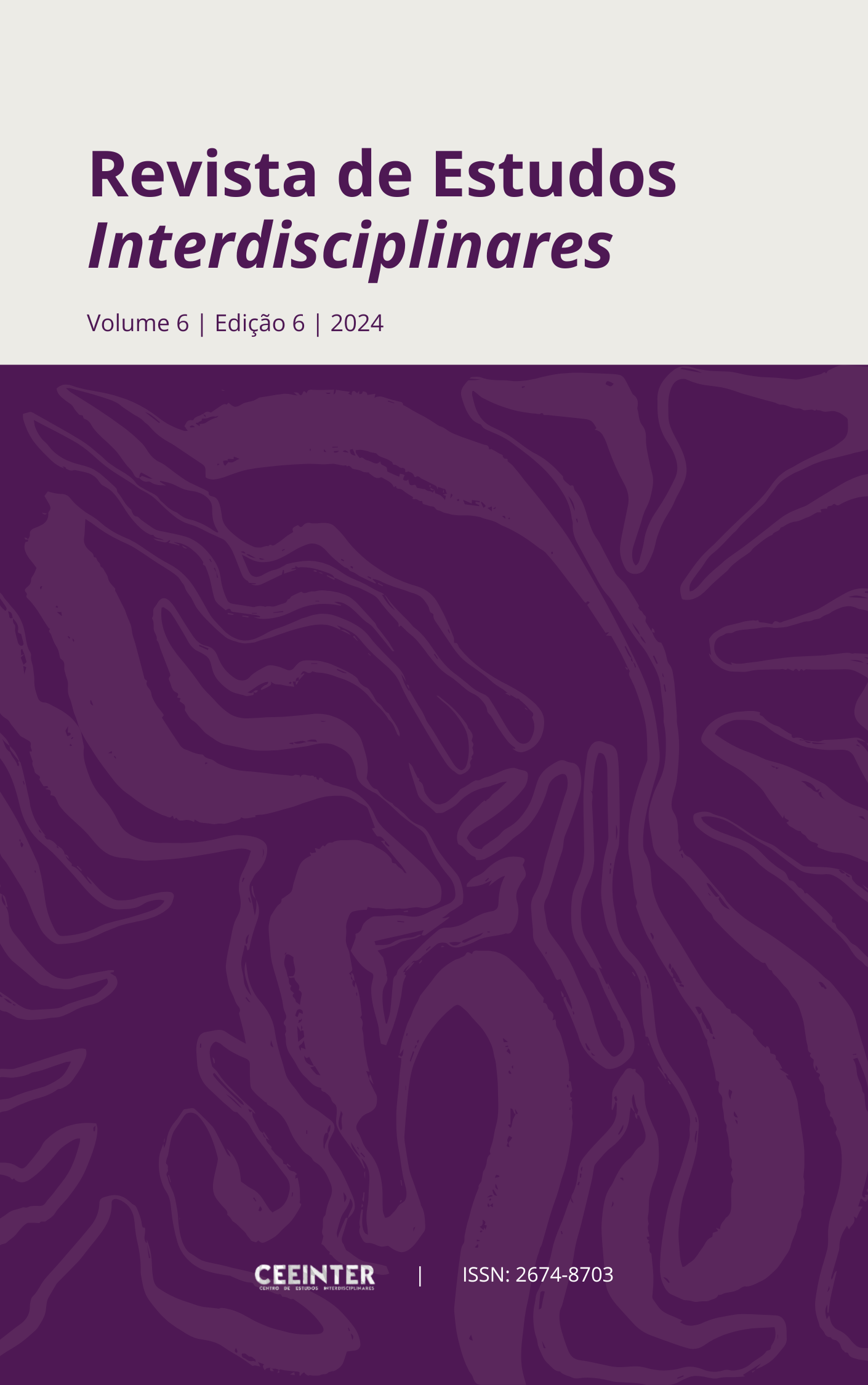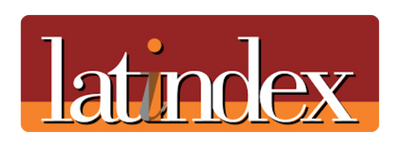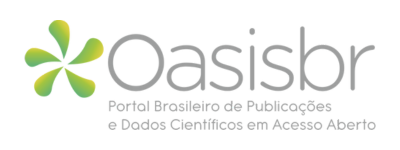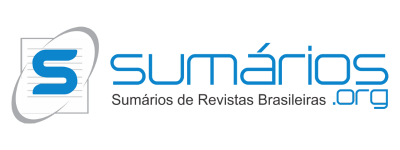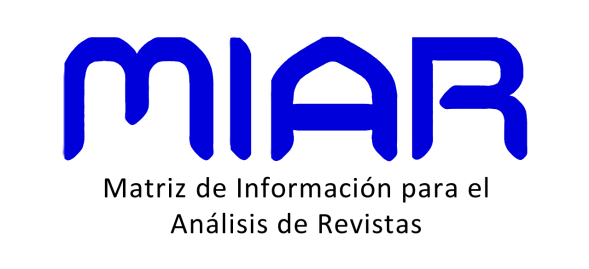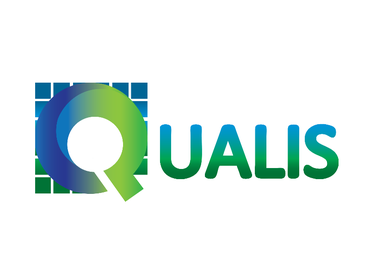PEER INSTRUCTION IN HIGHER EDUCATION
STRATEGIES, IMPACTS, AND CHALLENGES IN IN-PERSON AND ONLINE CLASSES
Visualizações: 646DOI:
https://doi.org/10.56579/rei.v6i6.1316Keywords:
Peer Instruction, Interactive Learning, Implementation Strategies, Higher Education, Face-to-Face and Online ClassesAbstract
This article evaluates the potentialities of Peer Instruction (PI) in higher education for both face-to-face and online classes, while examining application strategies, impacts on student participation and comprehension, and the difficulties educators encounter when integrating this methodology into their pedagogical practices. Grounded principally in the studies of Ferreira and Kempner-Moreira (2017), Cavaignac, Gouveia and Reis (2020), and Pinto et al. (2012), through a bibliographic review, the analysis explores various dimensions of this pair-centered process. The findings indicate how PI fosters skills such as critical thinking, leadership, and communication, while also highlighting the need for ongoing teacher training and adaptation to digital resources. The study demonstrates that this proposal encourages interaction and collaboration among students, strengthening engagement and active learning. In addition, it underscores the relevance of Information and Communication Technologies (ICTs) in applying this dynamic, showing how these tools may enhance pedagogical practice. It is recommended that future research examine, in greater depth, strategies for adopting PI supported by ICTs, especially in online classes, as well as carry out comparative analyses across different cultural and institutional contexts to identify successful practices for implementing this methodology in diverse educational settings.
Downloads
References
AZEVEDO, K. L. F.; AZEVEDO FILHO, F. M.; ARAÚJO, K. M. F. A. Instrução entre pares como método de ensino superior na área da saúde: uma revisão integrativa. Revista Brasileira de Educação Médica, [S.l.], v. 46, n. 3, p. e115, 2022. DOI: 10.1590/1981-5271v46.3-20220088. DOI: https://doi.org/10.1590/1981-5271v46.3-20220088
BLASZKO, C. E.; CLARO, A. L. A.; UJIIE, N. T. Contribuição das metodologias ativas para a prática pedagógica dos professores universitários. Revista Educação & Formação, v. 6, n. 2, p. 1-17, 2021. DOI: 10.25053/redufor.v6i2.3908. DOI: https://doi.org/10.25053/redufor.v6i2.3908
BRITO, C. A. F.; CAMPOS, M. Z. Facilitando o processo de aprendizagem no ensino superior: o papel das metodologias ativas. Revista Ibero-Americana de Estudos em Educação, v. 14, n. 2, p. 371–387, 2019. DOI: 10.21723/riaee.v14i2.11769. DOI: https://doi.org/10.21723/riaee.v14i2.11769
CAVAIGNAC, S.; GOUVEIA, L. B.; REIS, P. Uso do Kahoot e de estratégia de gamificação no ensino superior: relato de experiência da aplicação do peer instruction como metodologia de ensino. PontodeAcesso, v. 13, n. 3, p. 224–238, 2020. DOI: 10.9771/rpa.v13i3.35226. DOI: https://doi.org/10.9771/rpa.v13i3.35226
CROUCH, Catherine H.; MAZUR, Eric. Peer instruction: ten years of experience and results. American Journal of Physics, v. 69, n. 9, p. 970–977, set. 2001. Disponível em: https://citeseerx.ist.psu.edu/document?repid=rep1&type=pdf&doi=d7efe648670cea421c25a5349137e2571949d39f. Acesso em: 27 nov. 2024. DOI: https://doi.org/10.1119/1.1374249
FERREIRA, E. D.; KEMPNER-MOREIRA, F. Metodologias ativas de aprendizagem: relatos de experiências no uso do peer instruction. In: COLÓQUIO INTERNACIONAL DE GESTÃO UNIVERSITÁRIA, XVII, 2017, Mar del Plata - Argentina. Anais [...]. Mar del Plata: [s.n.], 2017. p. 1-13. Disponível em: https://repositorio.ufsc.br/bitstream/handle/123456789/181135/102_00146.pdf?sequence=1&isAllowed=y. Acesso em: 17 mar. 2024.
GIL, Antônio Carlos. Métodos e técnicas de pesquisa social. 6. ed. São Paulo: Atlas, 2008. 220 p.
MAZUR, Eric. Peer instruction: a user’s manual. 1. ed. Upper Saddle River: Pearson, 1996. 272 p.
MIRANDA, K. F. S.; MACHADO, L. R.; BEHAR, P. A. Metodologias ativas na educação a distância: uma revisão sistemática da literatura. Revista de Ensino, Educação e Ciências Humanas, v. 24, n. 2, p. 197–204, 2023. DOI: 10.17921/2447-8733.2023v24n2p197-204. DOI: https://doi.org/10.17921/2447-8733.2023v24n2p197-204
MORAN, José Manuel. Mudando a educação com metodologias ativas. In: SOUZA, C. A.; MORALES, O. E. T. (Orgs.). Coleção Mídias Contemporâneas. Convergências Midiáticas, Educação e Cidadania: aproximações jovens. Vol. II. Ponta Grossa: Foca Foto-PROEX/UEPG, 2015. p. 15-33. Disponível em: https://edisciplinas.usp.br/pluginfile.php/4941832/mod_resource/content/1/Artigo-Moran.pdf. Acesso em: 16 mai. 2024.
PAULA, J.; FIGUEIREDO, N.; FERRAZ, D. P. A. Peer instruction e Vygotsky: uma aproximação a partir de uma disciplina de astronomia no ensino superior. Caderno Brasileiro de Ensino de Física, v. 37, n. 1, p. 127–145, 2020. DOI: 10.5007/2175-7941.2020v37n1p127. DOI: https://doi.org/10.5007/2175-7941.2020v37n1p127
PINTO, A. S. S.; BUENO, M. R. P.; AMARAL E SILVA, M. A. F.; SELLMANN, M. Z.; KOEHLER, S. M. F. Inovação didática-projeto de reflexão e aplicação de metodologias ativas de aprendizagem no ensino superior: uma experiência com peer instruction. Janus, Lorena, v. 6, n. 15, p. 75-87, 2012. Disponível em: https://www.fatecead.com.br/ativas/parte09/texto09_01.pdf. Acesso em: 17 mar. 2024.
RACHELLI, J.; BISOGNIN, V. Peer instruction: uma experiência no ensino de cálculo com base em metodologias ativas de aprendizagem. Revista Eletrônica de Educação Matemática, v. 15, n. 1, p. 1–21, 2020. Disponível em: https://periodicos.ufsc.br/index.php/revemat/article/view/1981-1322.2020.e66341. Acesso em: 24 mar. 2024. DOI: https://doi.org/10.5007/1981-1322.2020.e66341
Downloads
Published
How to Cite
Issue
Section
License
Copyright (c) 2024 Interdisciplinary Studies Journal

This work is licensed under a Creative Commons Attribution 4.0 International License.
The Journal of Interdisciplinary Studies adopts the Creative Commons Attribution 4.0 International License (CC BY 4.0), which allows for sharing and adapting the work, including for commercial purposes, provided proper attribution is given and the original publication in this journal is acknowledged.

